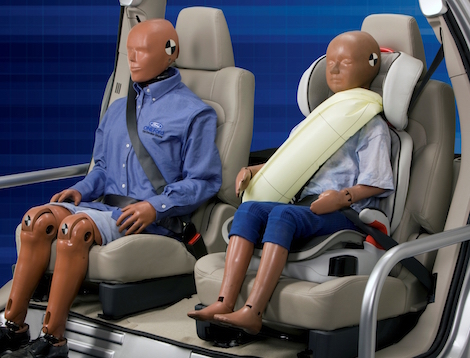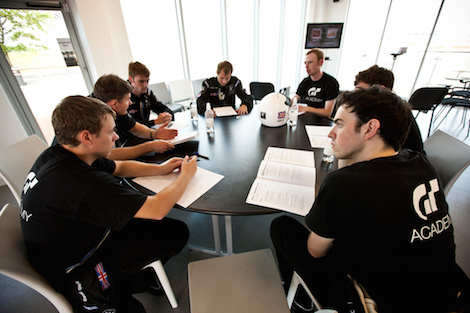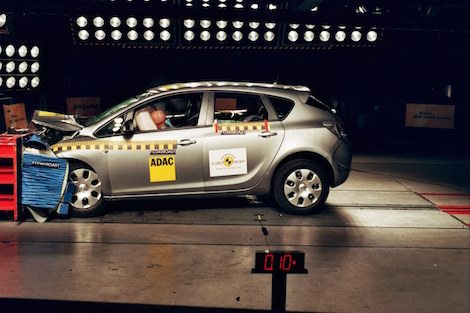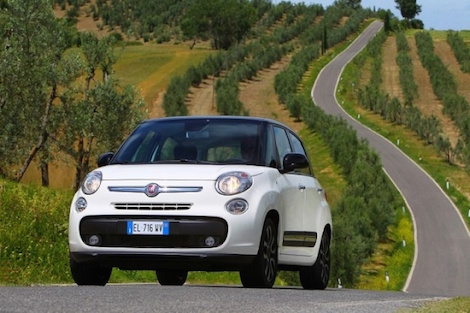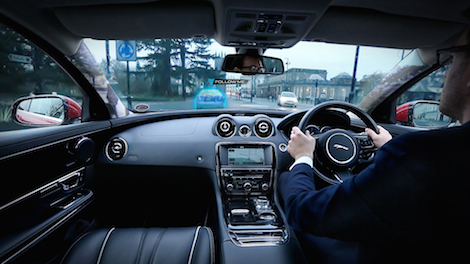"Everybody is a genius. But if you judge a fish by its ability to climb a tree it will live its whole life believing that it is stupid." - Albert Einstein.
It is not often I begin a column with a quote from the genius with the mad hair, but bear with me here. What many believe Einstein was referring to (if he did indeed make that statement - there is some debate over that) is standardised testing and the fact that people are individuals, with their own talents, strengths and weaknesses. Some people are going to have an aptitude for maths, a flair for creative writing or an encyclopaedic knowledge of the periodic table - others don't, their skillset lies away from state exams and the likes and, by default, will perform poorly against naturally gifted peers.
What those people have to do is work hard to reduce this deficit, fill in the blanks in their knowledge in the hopes of excelling or at least doing well in a test. But, what if you knew the questions that were going to be asked ahead of time, knew the information that you would be required to present on the day? Not only would it save you a whole lot of time learning quotations from The Merchant of Venice, but it would put everyone on a level playing field - everyone would know what is expected of them and it is up to them to do the legwork.
Such a situation exists in the automotive industry - the crash test. Each year EuroNCAP and its counterparts around the world crash test dozens of cars and award stars based on performance, something car manufacturers can brag about in their marketing if their cars do well - much as you or I did by making sure that the A achieved in Leaving Cert English was at the top of our CVs.
The manufacturers essentially have a cheat sheet for the test; however, they know how the test will be carried out, what areas are going to come under the most scrutiny and what exactly is required to achieve top marks. There are no surprises. Not every car gets top marks of course - it is not always economically viable to spend €2,000 on body shell strengthening for a €10,000 city car, but if a manufacturer wanted to, it could.
However, is this leading to a homogenisation of car design? I think it is. You only have to look at the latest legislation regarding pedestrian safety. This EU edict decrees that the front bumper and headlights must be no higher than point X, the space between bonnet and engine should be Y, wing mirrors should be placed here and the bumper should deform by this much in case of an impact. From a design point of view that is an awful lot of parameters set in stone before you even start to sketch your latest masterpiece and may explain why low-slung, stub-nosed bonnets seen in concept drawings never make it to reality - they are outlawed.
Then you have the issue of visibility. There is no doubt that cars are safer than ever before (and this is a good thing), but this safety does come with a reliance on electronics that would have seemed like science fiction only ten years ago. Have you tried to slot a modern car into a tight parking space recently without the bleep-bleep of parking sensors? It's bloody terrifying and that is because you can see so little of what is around you. The quest for sportier, more dynamic looks is partly to blame for this with sloping rooflines cutting into the glasshouse, but it is also the fault of increased safety regulation. Look at the A-pillars on your car - they are huge steel girders erected right in your line of sight as you are cornering or trying to negotiate a tricky junction. And they are only getting bigger as more stringent regulations come in. It has got to the point where Jaguar Land Rover has developed a system of cameras and integrated displays that allow you to see 'through' the pillars themselves.
It is not just the size of the pillars that is the problem, but also their placement. The angle that they are positioned in is dictated both by the desire to make cars more aerodynamic (and therefore more fuel-efficient) and safe. The bottom of the A-pillar represents the start of the passenger cabin, an area that must remain undamaged if the car is to score well in NCAP tests. The rear end of the bonnet also has to reach a certain height for pedestrian safety regulations, which means the cowl behind it and the dashboard behind that have to be higher, meaning the seats have to be raised to give a better view, leading to a higher roof... you can see where the generic look is coming from.
Excluding the 'family faces' that mean all Audis look alike or just straight copying a rival's design (step forward Fiat 500L and MINI Countryman to explain who copied whose homework) safety concerns are the primary reason that the Peugeot 308 looks like a Volkswagen Golf, the Toyota RAV4 and Ford Kuga share the same profile and the Jaguar XE bears a striking resemblance to the BMW 3 Series.
I'm not for one minute advocating the removal of safety legislation just so car designers can have a little bit more freedom - anything that saves lives and prevents injuries is a good thing - but I can't be the only one who hankers for the days when men were men, women were women and cars looked unique, can I?


